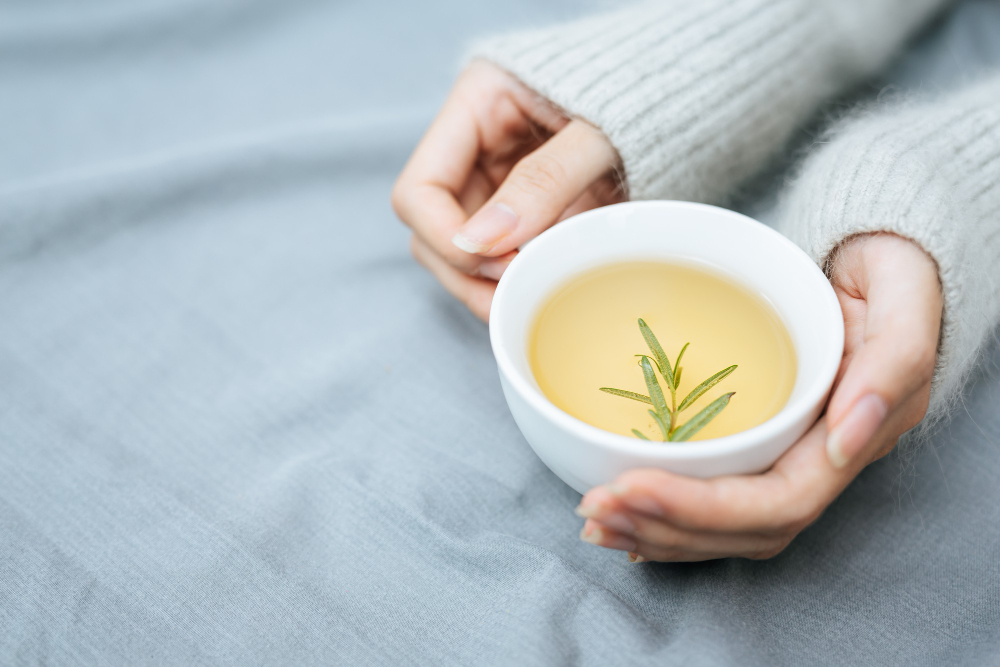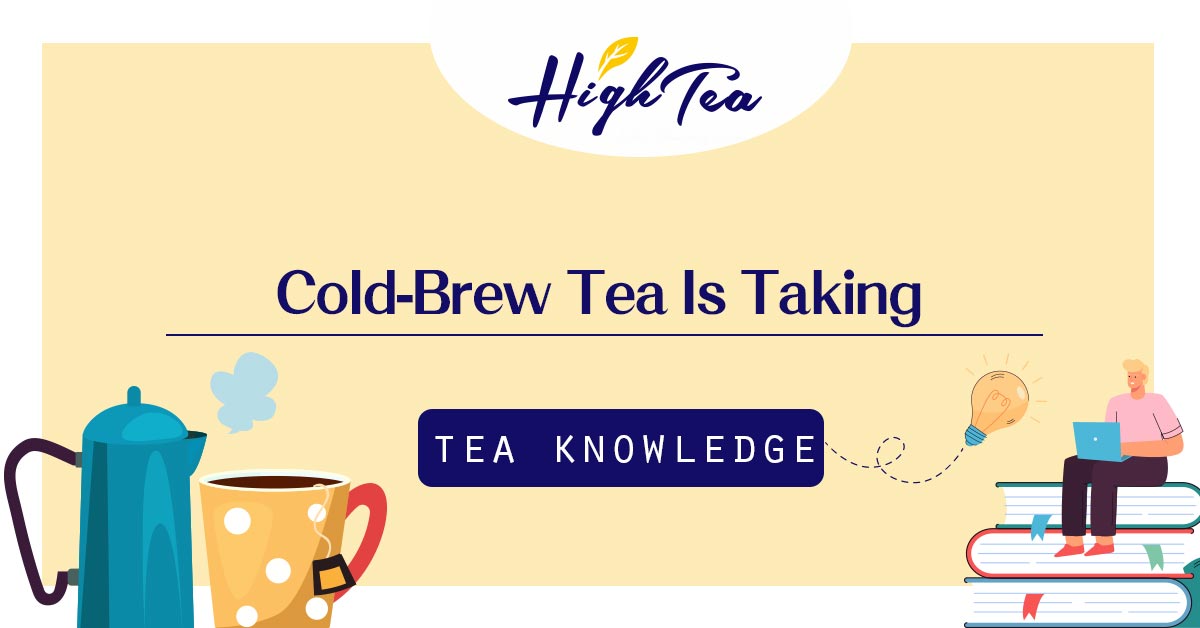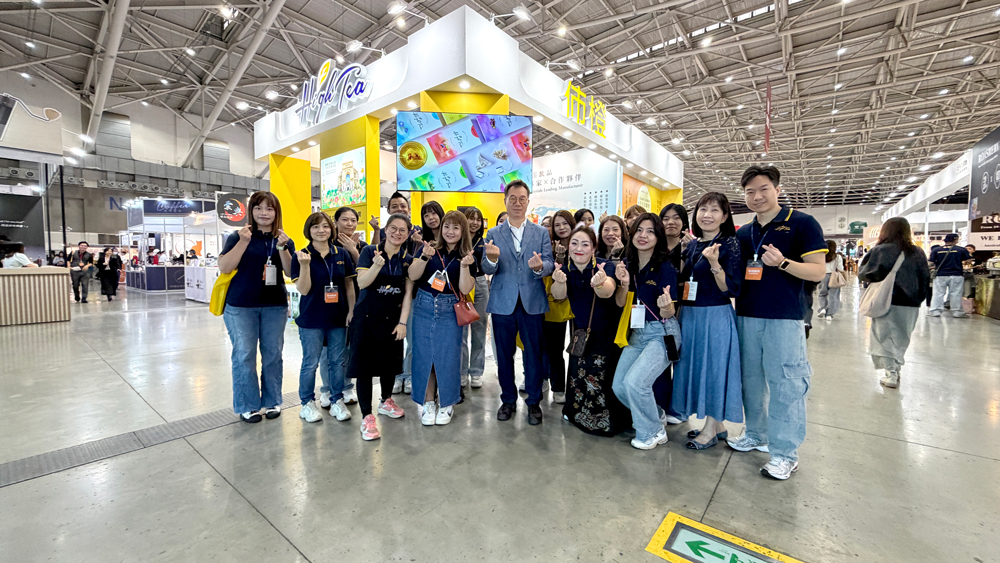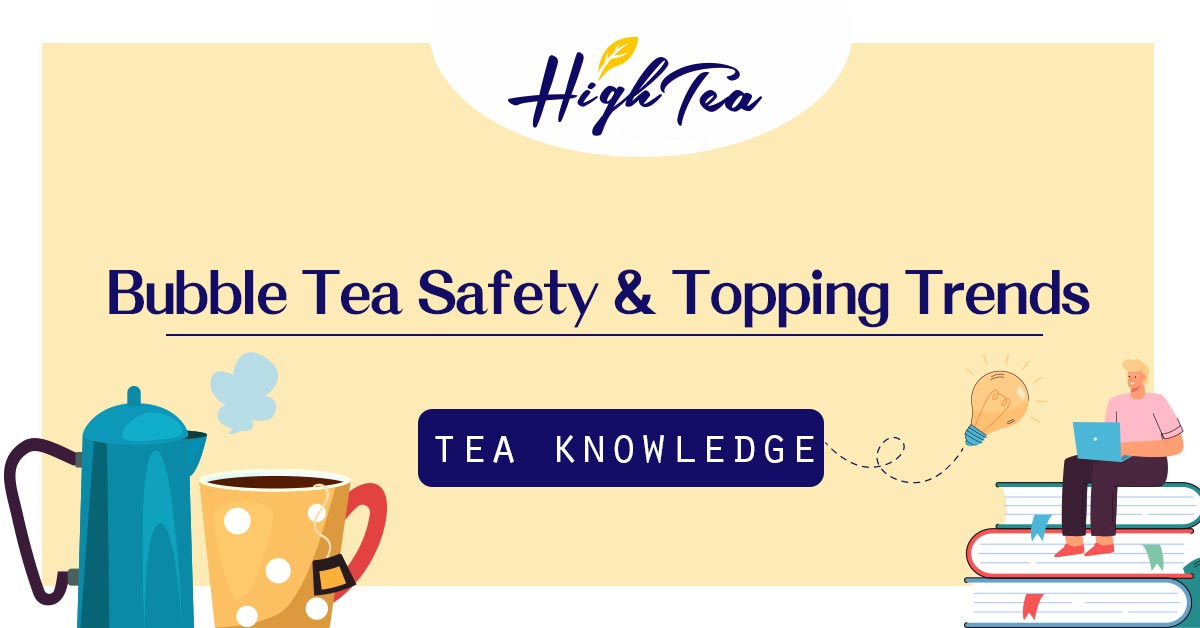When people hear “Vietnamese tea,” it often triggers skepticism—thoughts of inferior quality, pesticide residue, or even lingering fears tied to Agent Orange from the Vietnam War. But today, Vietnam’s tea industry is no longer what many imagine. From sustainable cultivation to modern processing, Vietnamese tea has undergone a quiet revolution.
Note: Agent Orange was a herbicide used by the U.S. military during the Vietnam War to defoliate forested areas. It contained dioxin (TCDD), a chemical recognized by the WHO and other global health agencies as a Group 1 carcinogen. Long-term exposure has been linked to cancers, endocrine disruption, birth defects, and developmental disorders. While some regions still face contamination, the major tea-growing zones in Central Vietnam have undergone environmental testing and are free from such residues.

A Complicated History—But a Clean Present
During the Vietnam War, the U.S. military launched “Operation Ranch Hand,” spraying vast areas of South Vietnam with Agent Orange to remove forest cover and destroy enemy food sources. Affected zones included the Mekong Delta, Gia Lai, Kon Tum, Bien Hoa, and Da Nang—many of which remain dioxin hotspots to this day.
However, the tea-producing regions of Vietnam are far from these contaminated areas. Central provinces like Lam Dong and Nghe An—known for their highland tea gardens—are geographically distant and have been certified safe through extensive land and water testing by both Vietnamese and international agencies. These regions now export to Japan, Taiwan, the EU, and other markets with strict import standards.

Why Central Vietnam Is Ideal for Tea
Central Vietnam’s highlands offer the perfect tea-growing conditions: cool mountain climates, rich volcanic soil, and generous sunshine. These natural advantages result in tea leaves that are aromatic, vibrant in color, and full of balanced, smooth flavor—perfect for both traditional brews and modern beverages.
Vietnam’s government has also invested heavily in modernization. The use of Good Agricultural Practices (GAP), pesticide tracking systems, and automated processing technology has enabled Vietnamese tea producers to meet strict food safety requirements in global markets. As a result, Central Vietnam is emerging as a rising star in the global tea industry.
Because of this, many tea brands and beverage manufacturers have begun supplementing local supply with high-quality imported tea. Fortunately, Taiwan enforces rigorous import inspections, including multi-residue pesticide testing and microbiological checks, to ensure that all foreign teas meet national food safety standards.
Beyond Tea Farms—Why Processing Matters
A tea’s journey doesn’t end at the farm. Without proper post-harvest handling, even the best leaves can lose their potential. That’s why choosing a reliable factory with standardized quality control is critical. Top-tier processors conduct batch-by-batch testing for pesticide residues, heavy metals, and microbial contamination, ensuring consistent, safe, and flavorful products for consumers.
Factories that embrace strict safety protocols and consistency in production serve as a vital quality gatekeeper for tea brands—ultimately delivering peace of mind to both businesses and tea lovers.
Final Thoughts
Modern consumers demand more than great flavor—they seek transparency, traceability, and trust. Central Vietnam delivers on all fronts: clean growing environments, progressive agricultural methods, and rigorous post-harvest testing.
Combined with professional tea processing facilities, Vietnamese tea is well-positioned to meet global expectations for safety and quality.
Vietnamese tea is no longer a second-tier option—it’s a smart, reliable, and high-value choice for discerning buyers.
References
- Operation Ranch Hand. Wikipedia. https://en.wikipedia.org/wiki/Operation_Ranch_Hand
- U.S. Department of Veterans Affairs. Agent Orange Locations. https://www.publichealth.va.gov/exposures/agentorange/locations/index.asp
- The Aspen Institute. Maps of Heavily Sprayed Areas and Dioxin Hot Spots. https://www.aspeninstitute.org/programs/agent-orange-in-vietnam-program/maps-of-heavily-sprayed-areas-and-dioxin-hot-spots/




